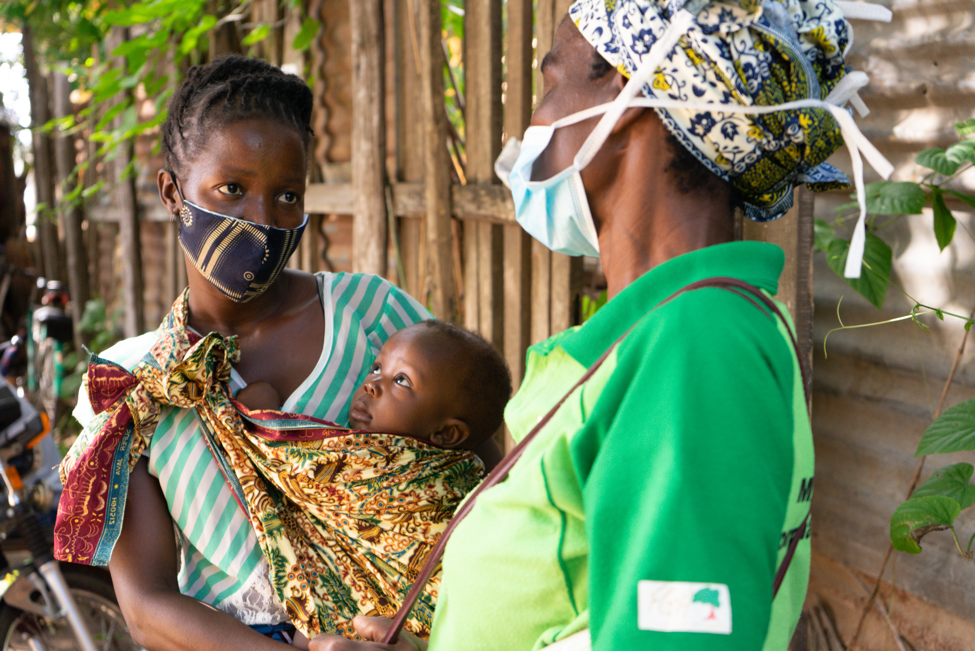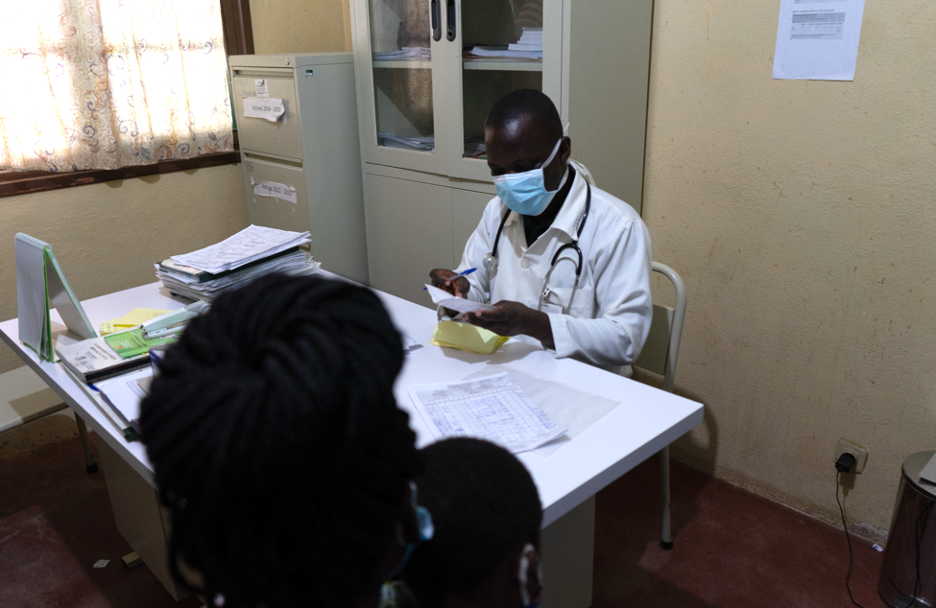“Community follow-up is essential. It is indispensable. FGH support of community personnel who make this immediate and permanent connection with patients is something I consider fundamental for the achievement of these results.” – Dr. Tilvério Gasolina
Mozambique ranks among the countries with the highest number of incident HIV infections in children, the vast majority of which are the result of vertical transmission, also commonly referred to as mother-to-child transmission. An effort focused on the elimination vertical transmission of HIV in Mozambique began in 2011, when the Mozambican Ministry of Health set out its initial goal of having a national vertical transmission rate less than 5%.

In COP20 Quarter 1 in Zambézia Province, the vertical transmission rate across 144 FGH supported Health Facilities was 4.9%. Out of all supported HFs, 40 had 0% transmission of HIV from HIV-positive mothers to their newborns between October 1, 2020 and December 31, 2020. To achieve this result, the FGH multidisciplinary teams in the supported districts implemented a variety of interventions including but not limited to technical assistance, joint supervision visits, and clinical mentoring to improve the care and treatment of pregnant and lactating women with HIV. Technical assistance was also provided to Mentor Mother volunteers to improve knowledge and skills about HIV and PMTCT care to better manage the challenges faced during their activities at the community level. In addition, at supported HFs with the highest number of vertical transmission rates, there were in-depth discussions (a minimum of monthly) of of all incident HIV-positive infants to identify why such cases occurred , as well as the development of specific action plans to address the root causes.
The 17 de Setembro HF in Quelimane was one site that achieved a 0% vertical transmission rate. During COP20 Quarter 1, there were 109 infants (0-12 months of age) born to HIV-positive mothers. Not one of these HIV-exposed infants (HEI) has has tested HIV-positive.
Dr. Tilvério Gasolina, Clinical Director of the 17 de Setembro HF, praised FGH support, specifically the technical and mentoring support provided to HFs.
“There are technicians who are allocated to health facilities who regularly provide support to various sectors. Another aspect of support has to do with logistical issues - FGH provides logistical support to different areas to improve the provision and quality of services.”
In addition, Dr. Atanásio Fiscal, the Director of the Namacurra Sede HF, emphasizing the clinical-community linkages component offered the following statement,
“With the support that we have received from our community actors - I’m especially referring to Mentor Mothers - we have been accompanying pregnant women from prenatal consultations to the moment of delivery. This is what has greatly leveraged women to accept services, to accept HIV care and treatment, and to adhere to treatment."

During Quarter 1, the Namacurra Sede HF achieved a 5% vertical transmission rate. Out of the 202 HIV-exposed infants (0-12 months of age) born to HIV- positive mothers and tested for HIV, 10 children were identified as being HIV-positive. The goal is definitely 0, but this is a step in the right direction at such a large supported HF.
In total, in COP20 Quarter 1, across 144 FGH supported HFs in Zambézia, 5,380 HIV-exposed infants (0-12 months of age) born to HIV-positive mothers were tested for HIV. Of these, 266 (4.9%) children were identified as HIV-positive.
The 0% vertical transmission rate achieved by the 17 de Setembro HF and 39 other HFs can serve as great inspiration. If they are able to continue on this path, achieving the elimination of vertical transmission is possible.